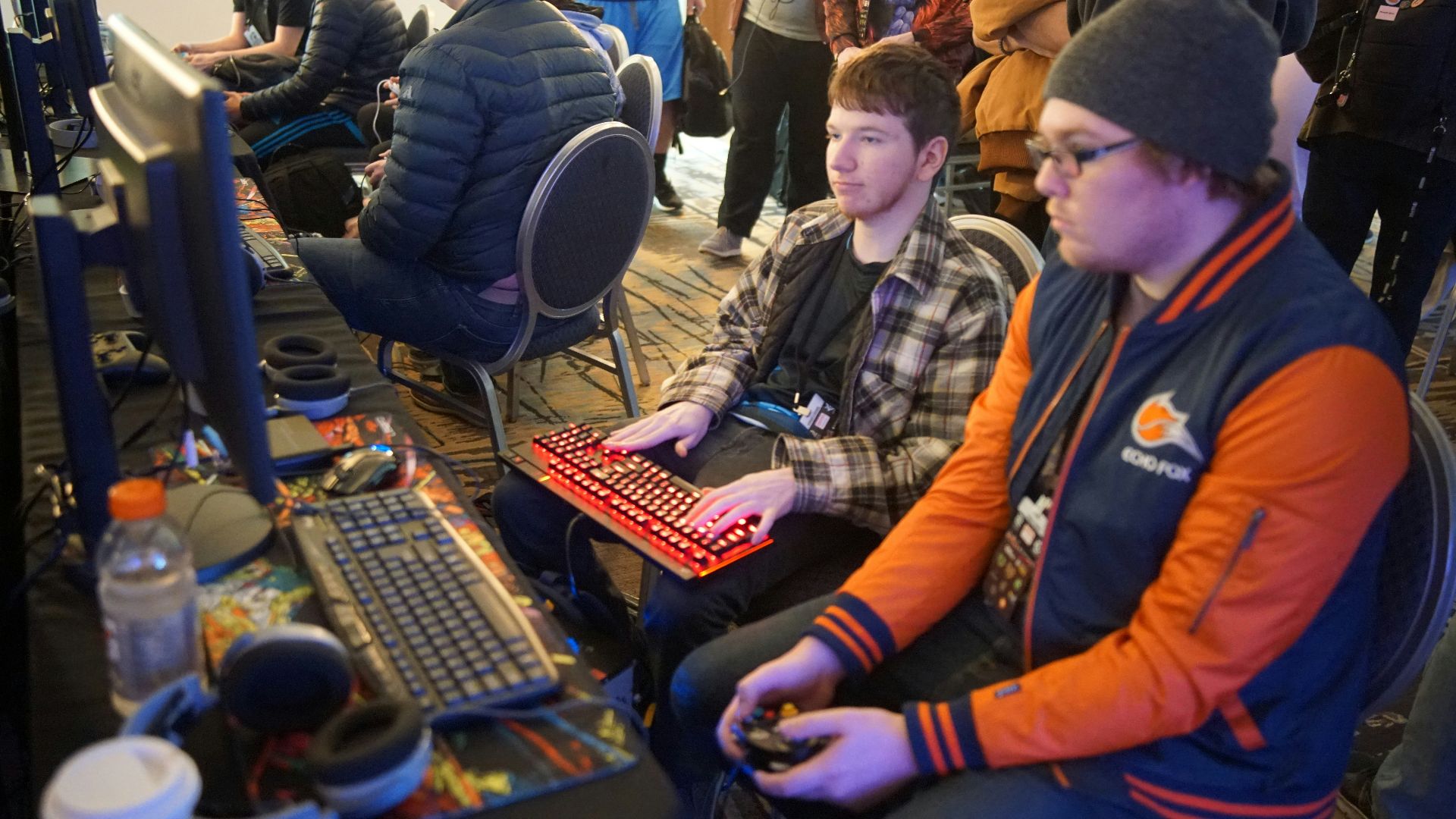Twenty years ago, speedrunning was a few dozen people posting grainy recordings on obscure forums, trying to prove they'd beaten Super Mario 64 in under two hours. Now it's a massive online ecosystem with professional players, corporate sponsors, charity marathons that raise millions, and streaming audiences that rival traditional sports in terms of attendance. Games Done Quick's 2024 winter event pulled in over $3 million for charity while streaming to hundreds of thousands of concurrent viewers. How did completing video games really fast turn into an actual industry?
Twitch Changed Everything
Before live streaming platforms, speedrunners had to record their attempts, edit the footage, and upload proof to message boards where moderators would verify the times. The whole process was clunky and disconnected. Twitch eliminated that friction entirely, allowing runners to broadcast their attempts live and build audiences that watched them grind out the same game in real time.
The platform's architecture favored speedrunning perfectly. It allowed for long streams and dedicated communities to root for each other. Watching someone attempt the same difficult trick 200 times until they nail it creates genuine tension. When a runner finally hits a new personal best after weeks of attempts, the chat would erupt in celebration.
Top speedrunners can now make six figures from subscriptions, donations, and sponsorships. Even companies like Red Bull are eager to get in on the action by sponsoring individual runners who’ve made a career out of it.
The Community Built the Infrastructure
Speedrun.com launched in 2014 as a centralized leaderboard system, replacing the scattered forums that previously tracked records. The site now hosts leaderboards for over 25,000 games with millions of submitted runs. Volunteer moderators verify times, check for cheating, and maintain categories.
This organizational work matters more than you'd think. Clear rules and trusted verification processes legitimize speedrunning as a competitive activity rather than just people playing games. The community takes cheating seriously. When Dream, a massive Minecraft content creator, was found to have manipulated drop rates to improve his speedrun chances, the backlash was immediate and severe.
Games Are Designed Differently Now
When developers noticed people speedrunning their games, they started designing with it in mind. Celeste includes a built-in timer. Hades tracks clear times and actively encourages fast runs. Some indie developers now consult with speedrunners during development to ensure their games have interesting routing options and skill-based shortcuts.
This creates a symbiotic relationship with speedrunners who provide free marketing that extends a game's lifespan, while developers get valuable feedback about their game's mechanics. The Binding of Isaac has maintained an active speedrunning community for over a decade, partly because designer Edmund McMillen embraced the scene rather than patching out every exploit.
Charity Events Gave It Mainstream Credibility
Games Done Quick started in 2010 as a small gathering. Their biannual marathons now raise over $10 million annually for charities like Doctors Without Borders and the Prevent Cancer Foundation. Watching skilled players tear through beloved games while commentators explain the techniques and viewers donate to hit incentive goals turns out to be incredibly compelling content.
These events introduced speedrunning to massive audiences who'd never visited speedrun.com or watched a Twitch stream. Suddenly speedrunning had mainstream visibility and corporate sponsors willing to associate their brands with the scene. The charity angle also deflects criticism that speedrunning is frivolous. It's hard to dismiss it as just playing video games when they're raising millions for cancer research.
The Meta-Game Never Stops Evolving
Speedrunners are still finding new strategies in games from the 1990s. Super Mario 64's world record has been broken repeatedly in 2024 using meticulous knowledge of frame-perfect inputs (basically, super extremely precise button presses timed down to the exact "frame" of the game). The collective knowledge of improved routes and glitches accumulates, creating the possibility of endless optimization.
The constant possibility of doing the same game faster is what keeps speedrunning interesting. There's always another second to shave off, another trick to master. It’s this endless novelty that keeps people glued to their screen.










